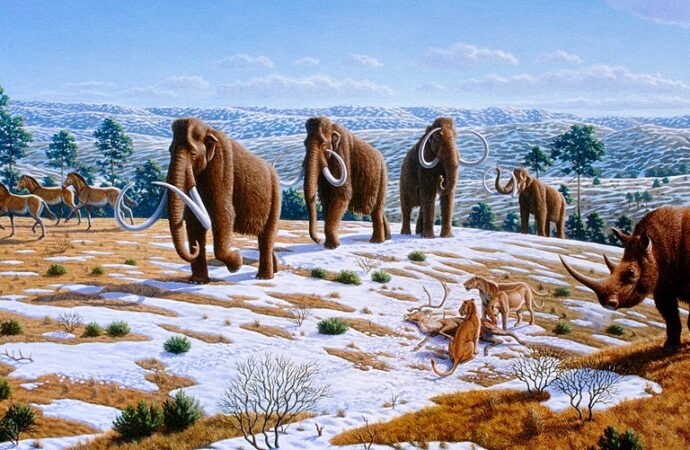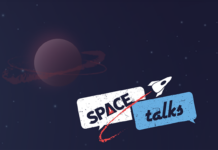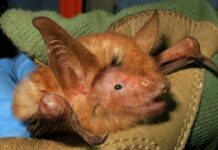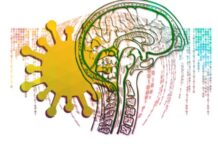Fossils found in Spain suggest that our human predecessors may have hibernated in the winter. Bones collected in Spain’s northern region of Atapuerca show a pattern similar to hibernating animals’ bones.
Scientists Antonis Bartsiokas and Juan-Luis Arsuaga examined skeletal evidence from Neanderthals and modern humans (Homo heidelbergensis) to find traces of hyperparathyroidism (over-secretion of the parathyroid hormone). Black bears and ground squirrels are some of the animals that use hyperparathyroidism as a mechanism to prevent bone losses during an extended state of dormancy.
Hibernation to escape cold and starvation
The fossilized bones were collected from a 400,000-year-old mass grave called Sima de Los Huesos. The team found that these bones presented lesions that suggest a hibernation-like state in a situation of famine. These early humans most likely survived harsh winters by slowing down their metabolism and sleeping for long periods.
These findings, published this month in the journal L’Anthropologie, provide unique evidence of hibernation in humans. Other mammals, including primates, survive the cold months by lowering their body temperature, decreasing heart rates, and rest in a dormant state.
Image Credit: Mauricio Antón, CC BY 2.5, via Wikimedia Commons
References:
– Bartsiokas, Antonis, and Juan-Luis Arsuaga. “Hibernation in hominins from Atapuerca, Spain half a million years ago.” L’Anthropologie (2020): 102797. [PAYWALLED]
– Bartsiokas, Antonis, and Juan Luis Arsuaga. Hibernation, puberty and chronic kidney disease in troglodytes from Spain half a million years ago. No. e27370v1. PeerJ Preprints, 2018 [NOT PEER-REVIEWED].
- Further Read:
Early humans may have survived the harsh winters by hibernating [THE GUARDIAN, Accessed on 23/12/2020]





